I would say it (A-C-A) is a cycle. But I am from a different perspective: you may know that for a directed acyclic graph (dag), there is a topological sorting on it; otherwise, there isn't.
Topological sorting is indeed the linear extension of a partial order <=. Thus, dag is the graphical representation of a partial order <=. Be aware that according to the anti-symmetry property of a partial order <= (i.e., if a<=b and b<=a, then a=b), there is no possibility that two edges (a,b) and (b,a) simultaneously exist between two distinct vertices a and b.
In summary, no cycle => exists topological sorting, since no topological sorting on your digraph, thus there must be a cycle (A-C-A).
